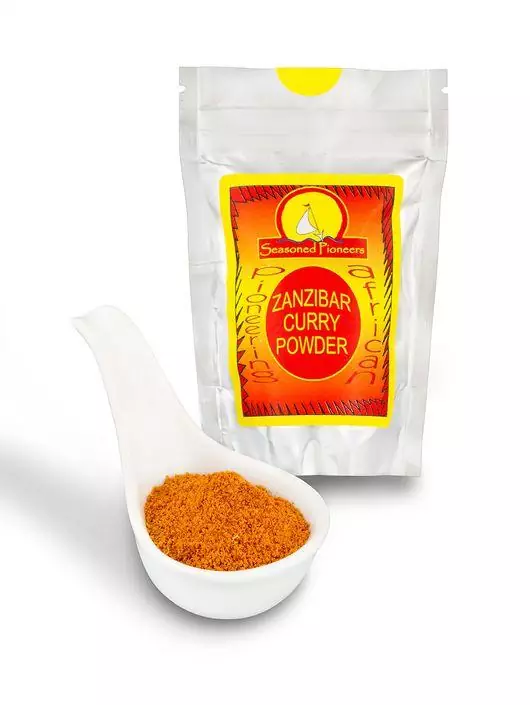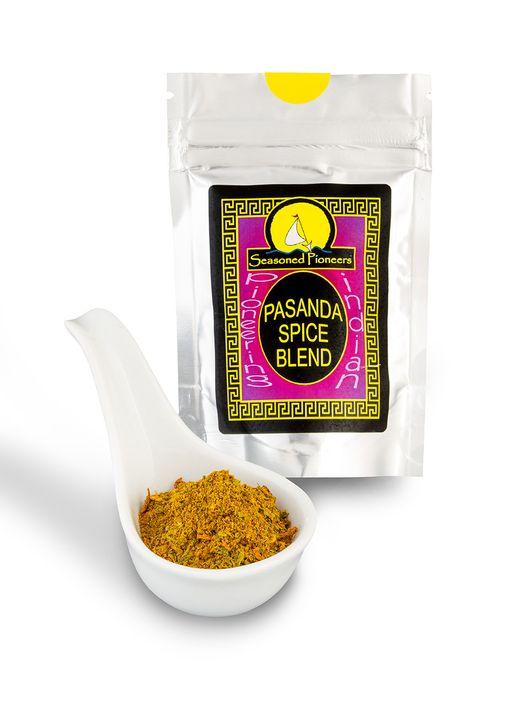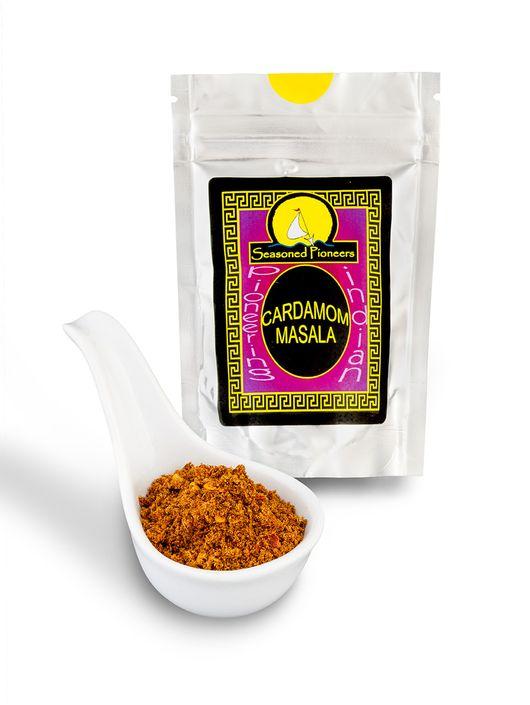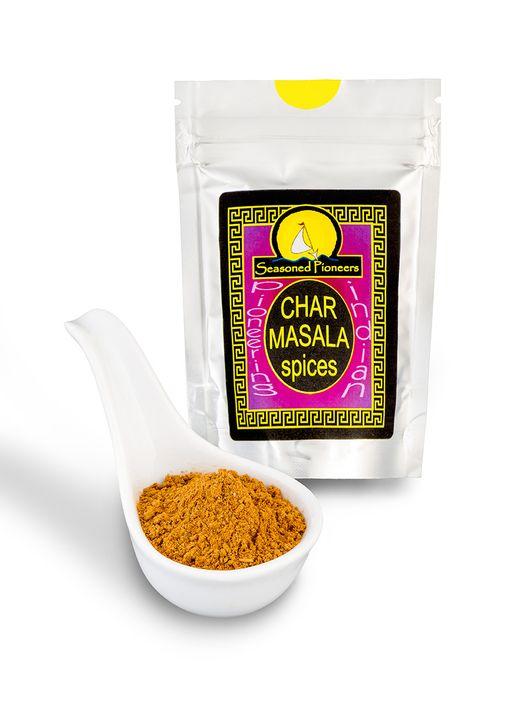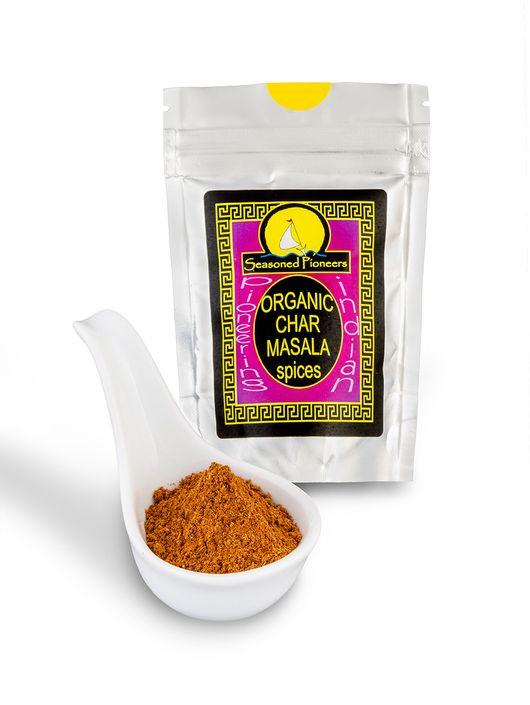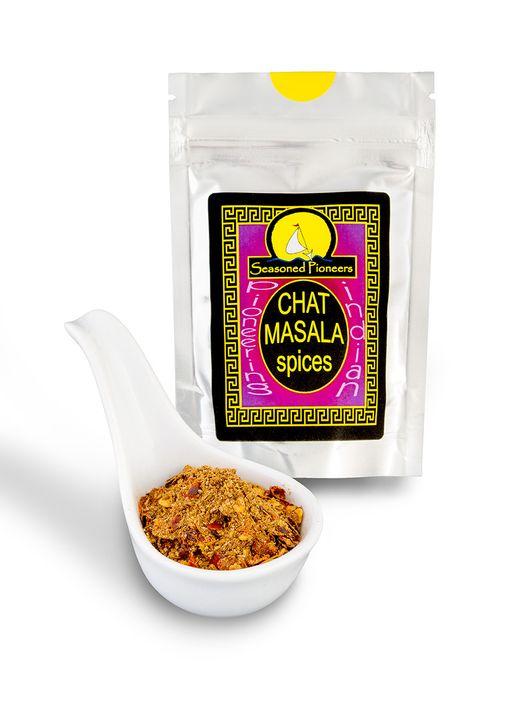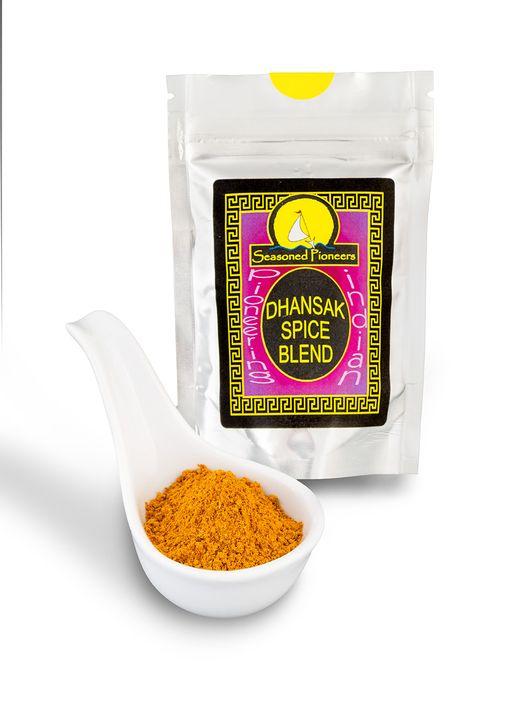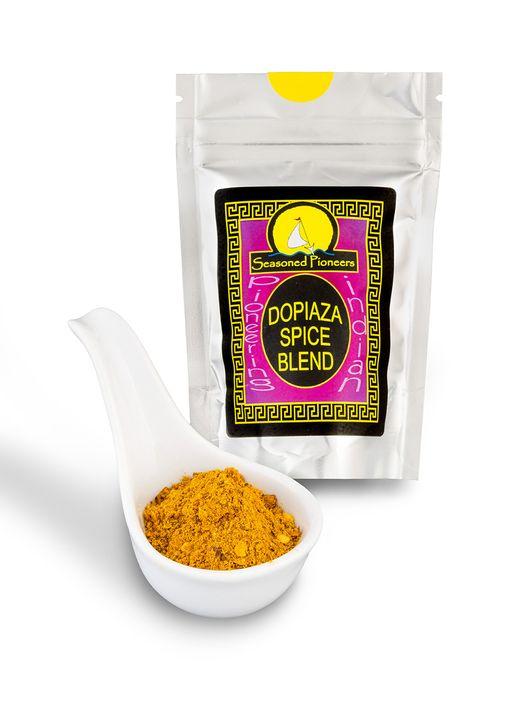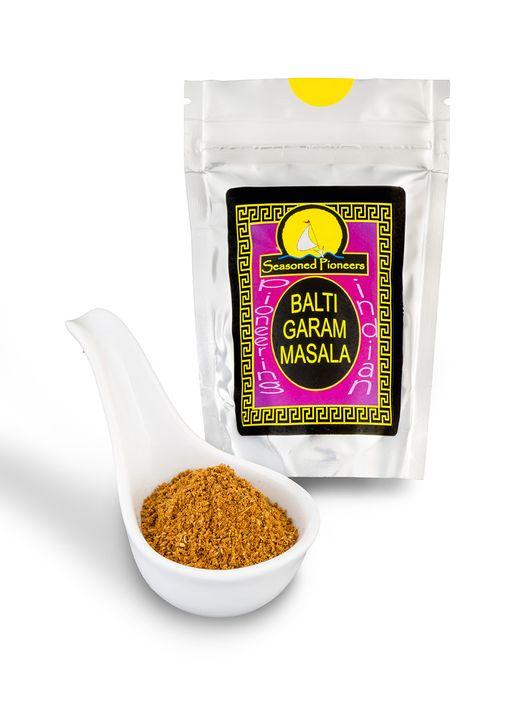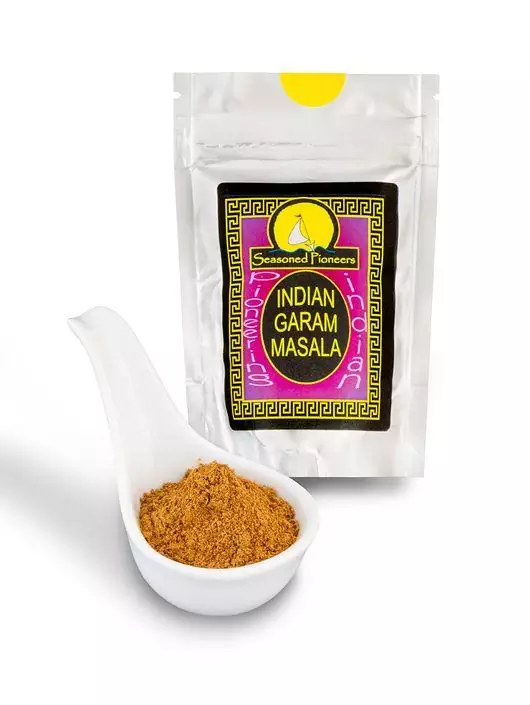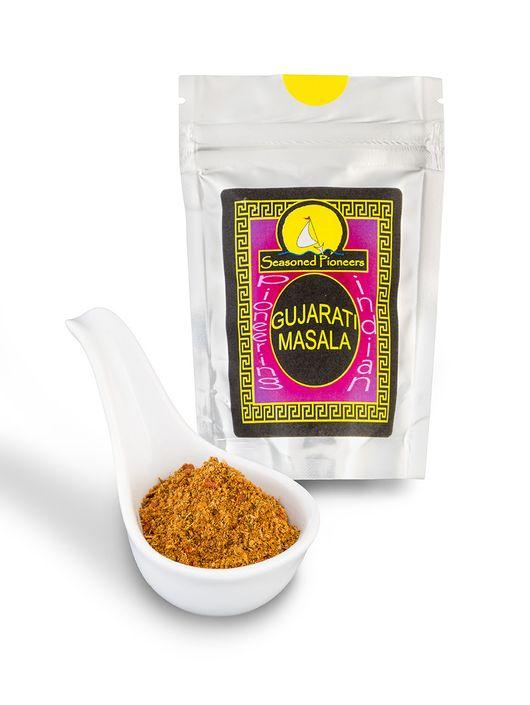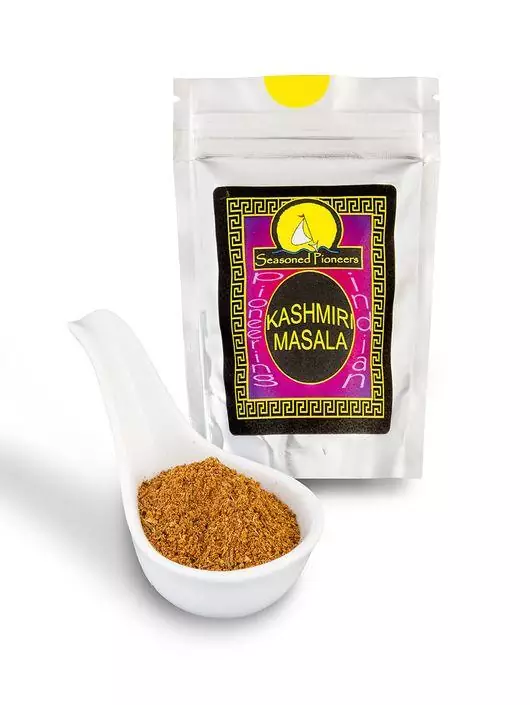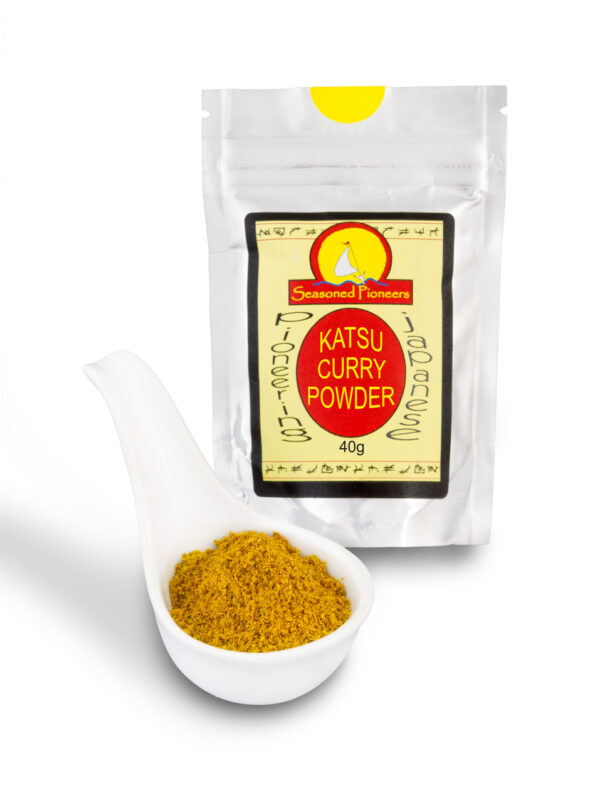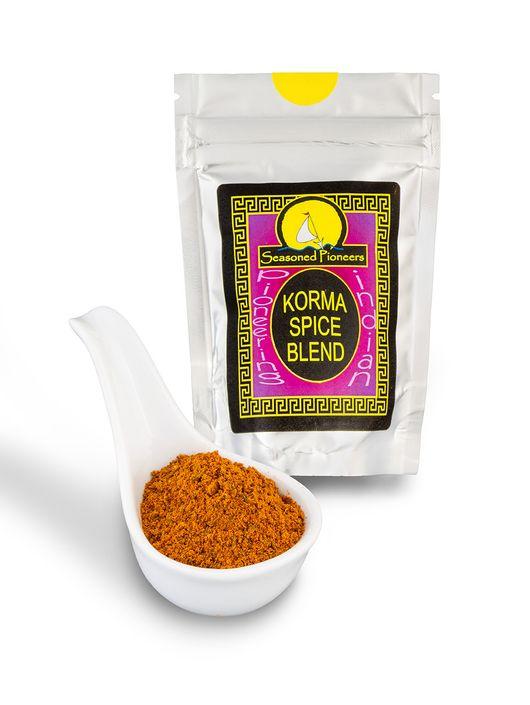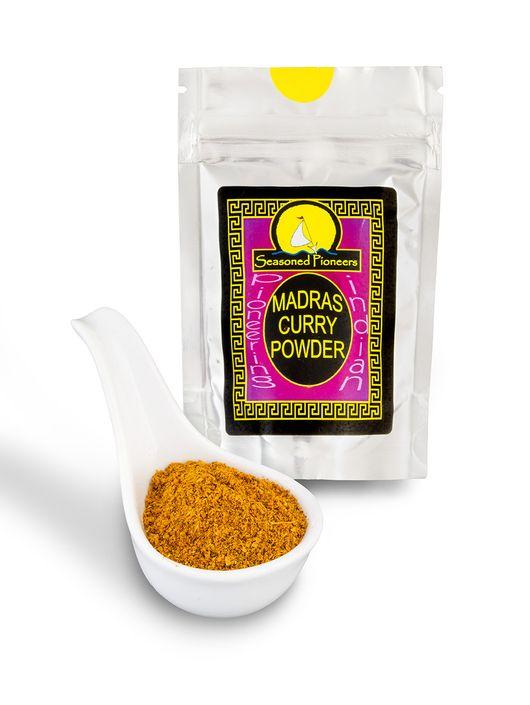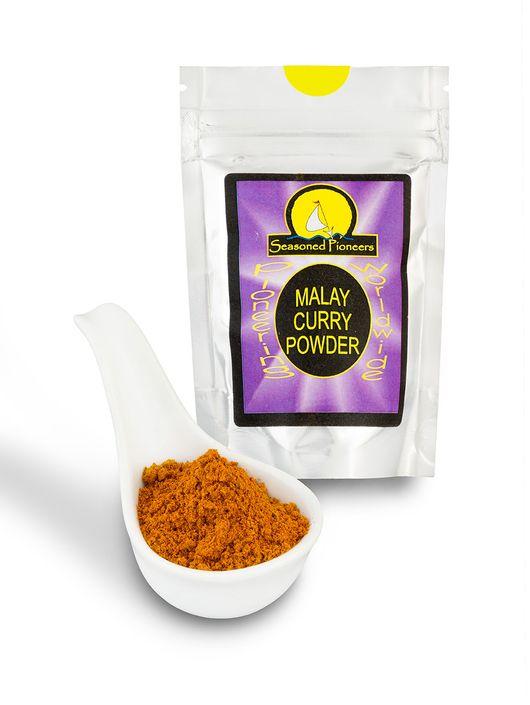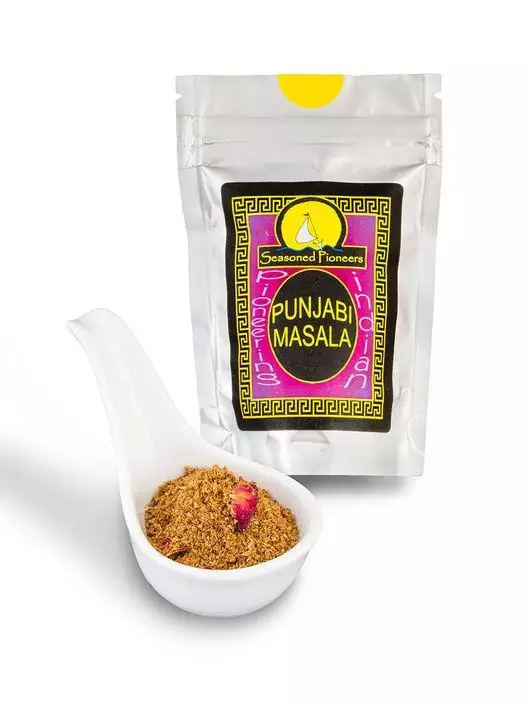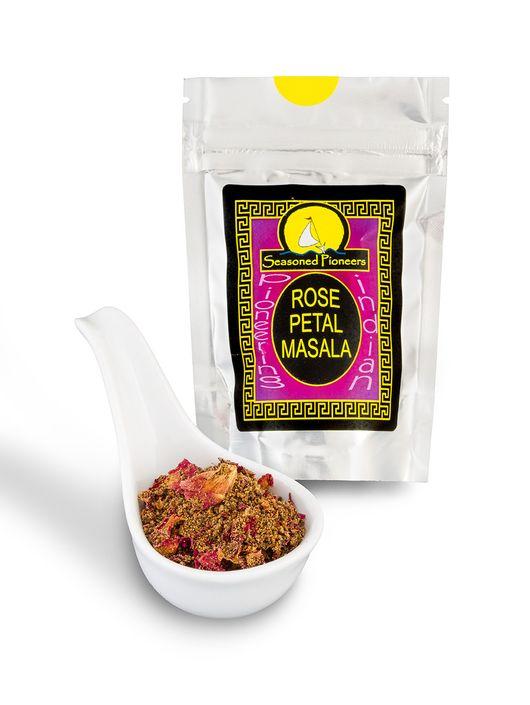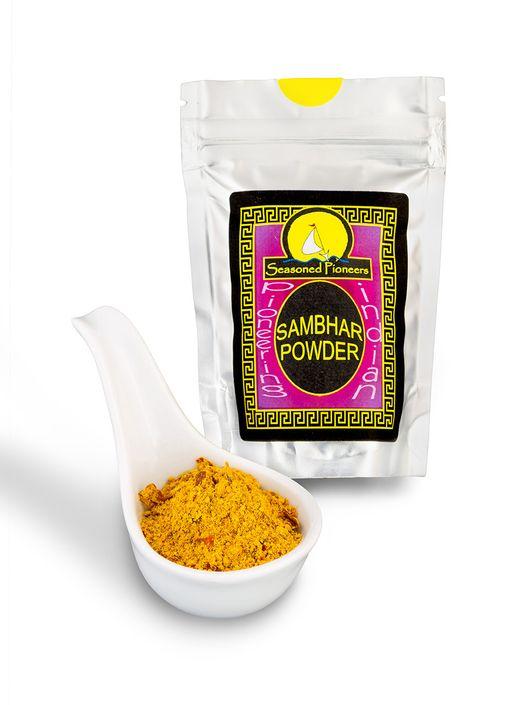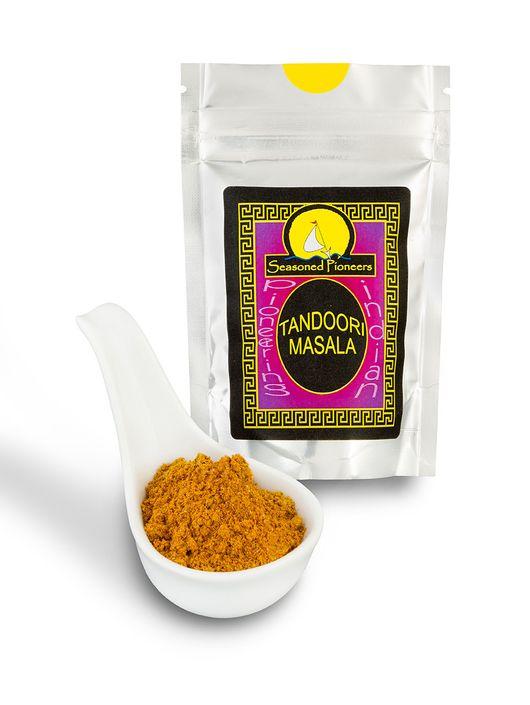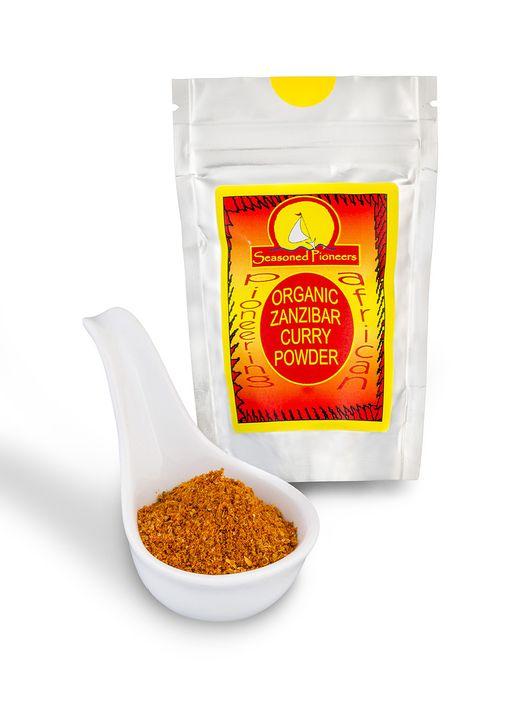Worldwide Curries
All Worldwide Curries
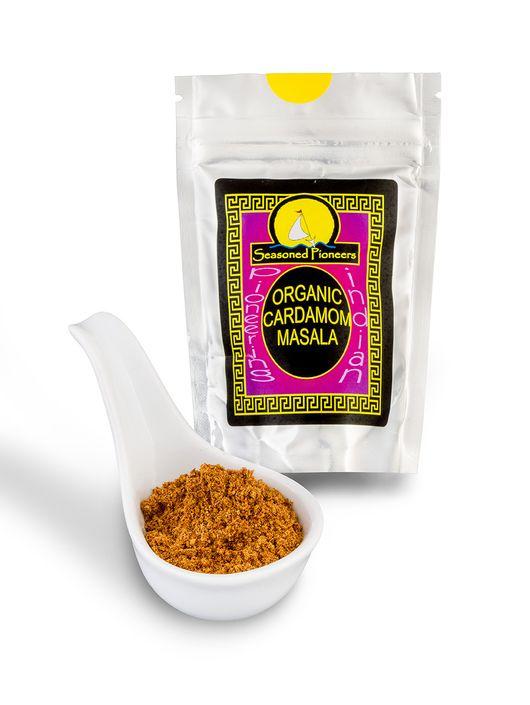 View Cardamom Masala Organic
View Cardamom Masala Organic
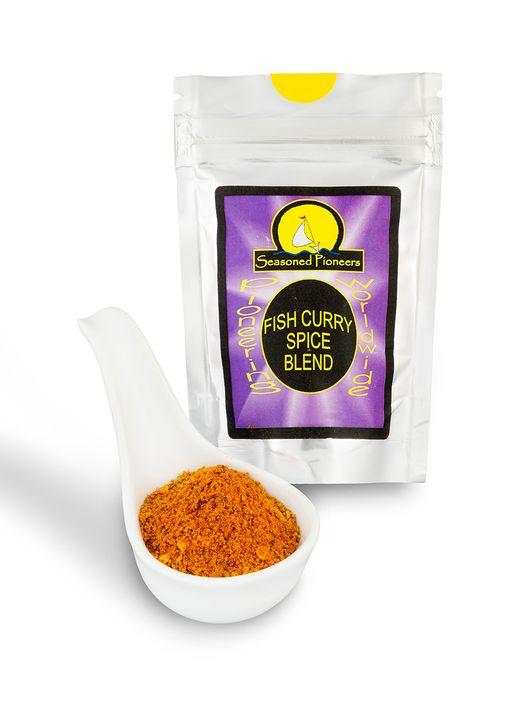 View Fish Curry Spice Mix
View Fish Curry Spice Mix
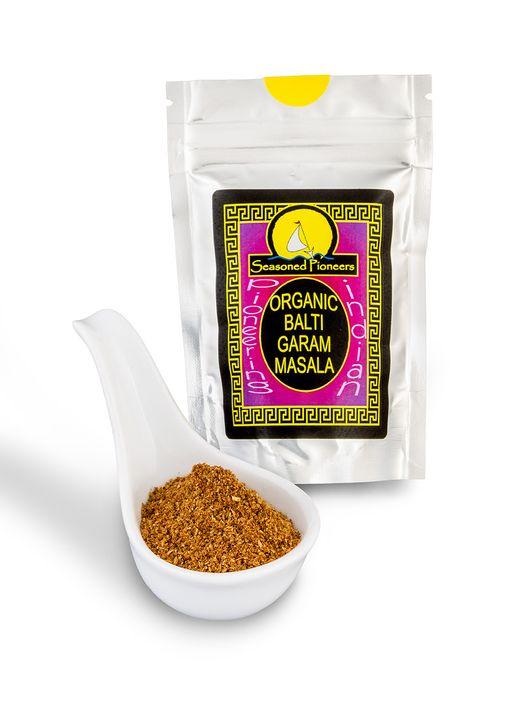 View Garam Masala Balti Organic
View Garam Masala Balti Organic
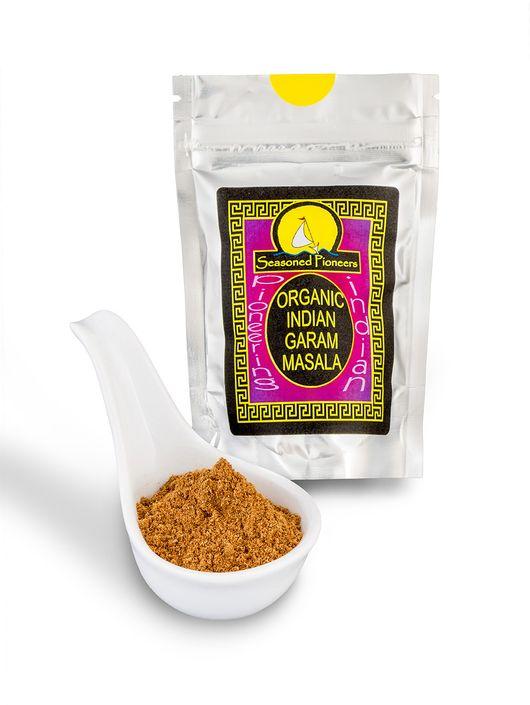 View Garam Masala Indian Organic
View Garam Masala Indian Organic
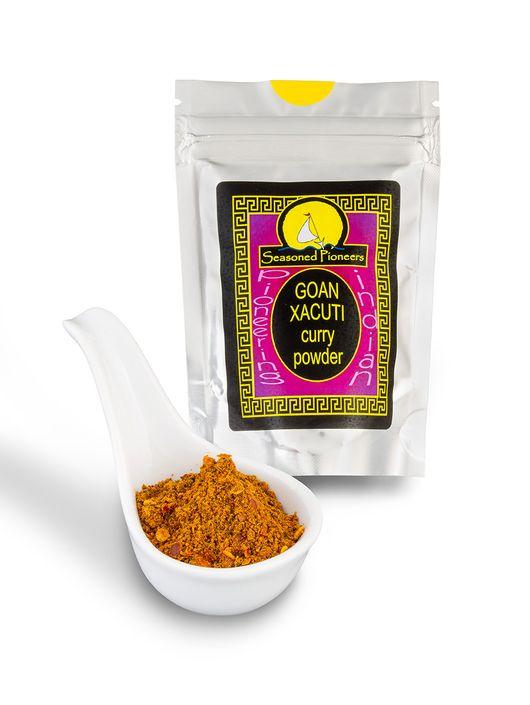 View Goan Xacuti Curry Powder
View Goan Xacuti Curry Powder
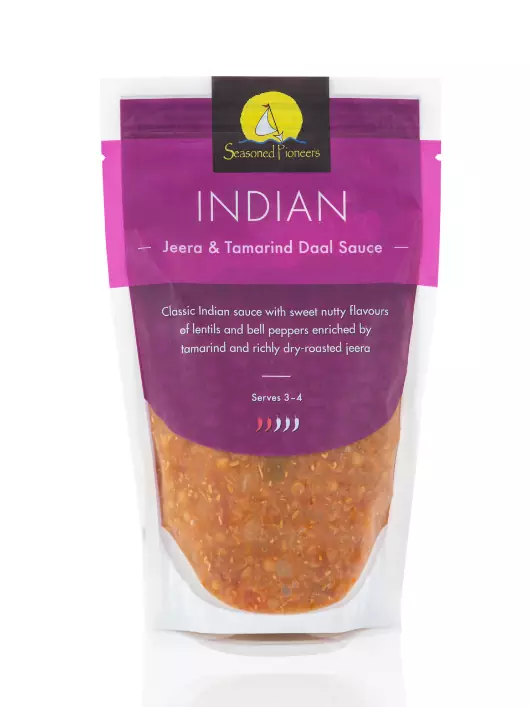 View Indian Jeera & Tamarind Daal Gourmet Cooking Sauce
View Indian Jeera & Tamarind Daal Gourmet Cooking Sauce
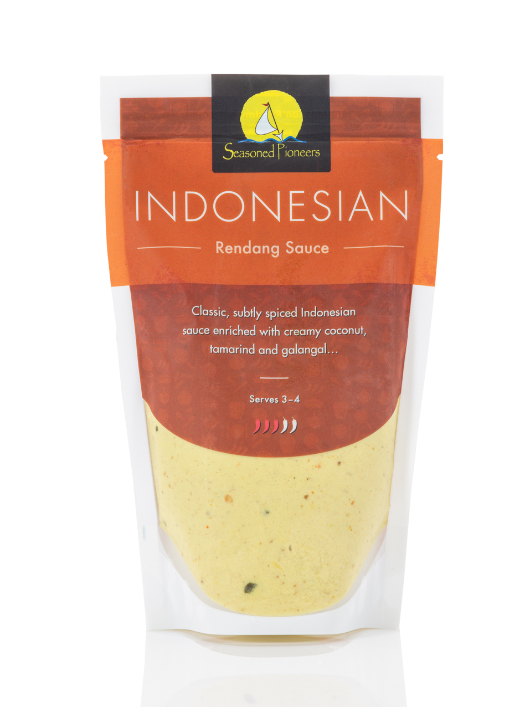 View Indonesian Rendang Gourmet Cooking Sauce
View Indonesian Rendang Gourmet Cooking Sauce
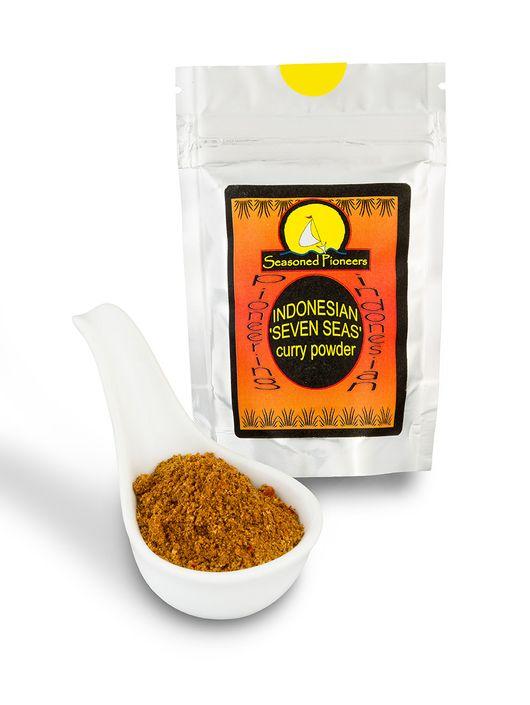 View Indonesian Seven Seas Spice
View Indonesian Seven Seas Spice
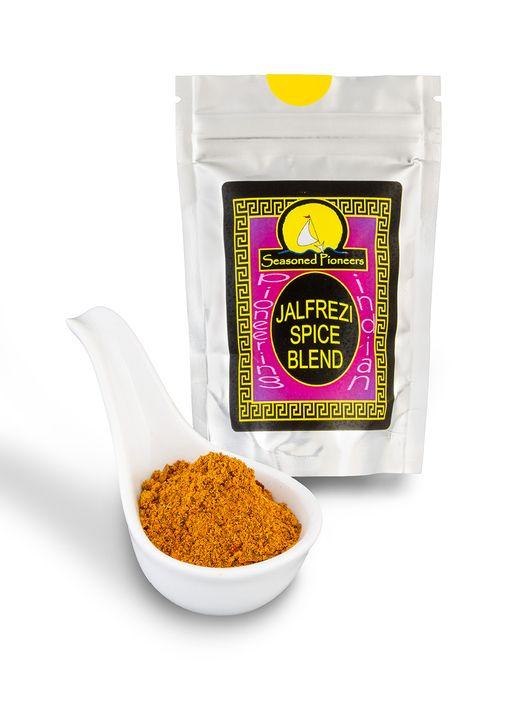 View Jalfrezi Spice Blend
View Jalfrezi Spice Blend
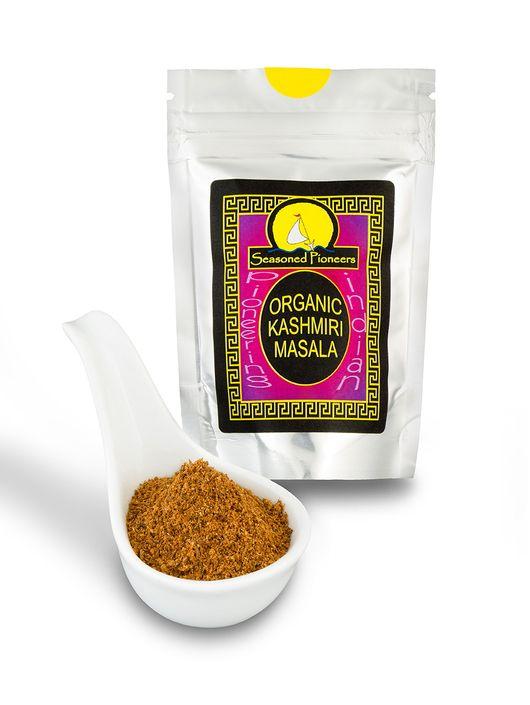 View Kashmiri Masala Organic
View Kashmiri Masala Organic
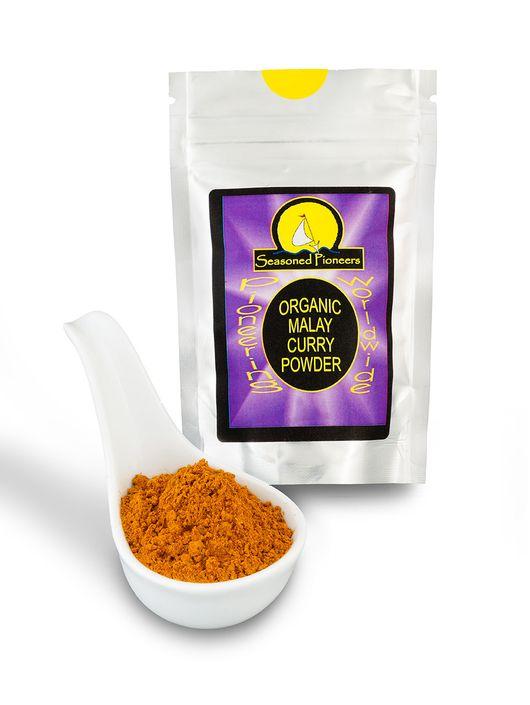 View Malay Curry Powder Organic
View Malay Curry Powder Organic
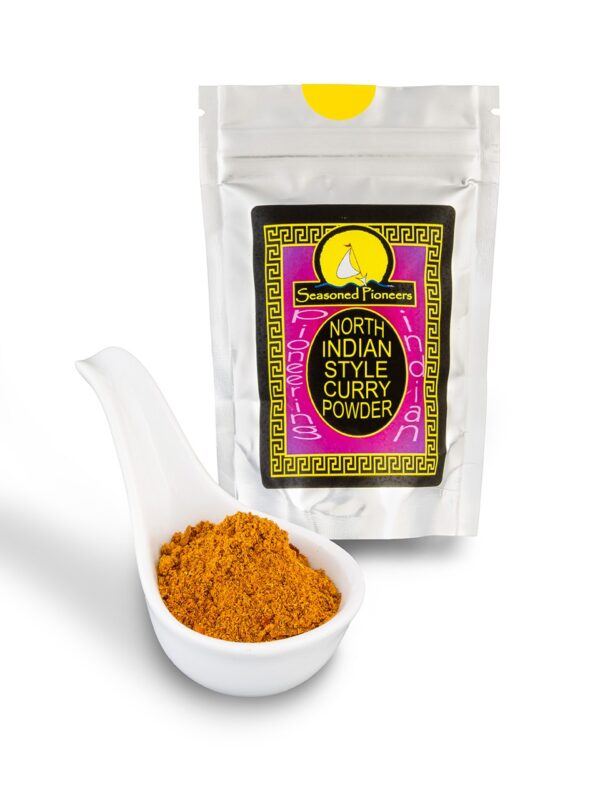 View North Indian Style Curry Powder
View North Indian Style Curry Powder
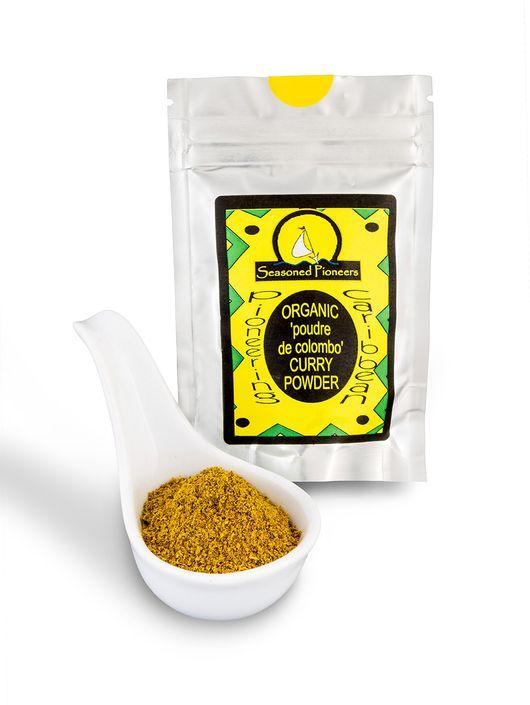 View Poudre De Colombo Organic
View Poudre De Colombo Organic
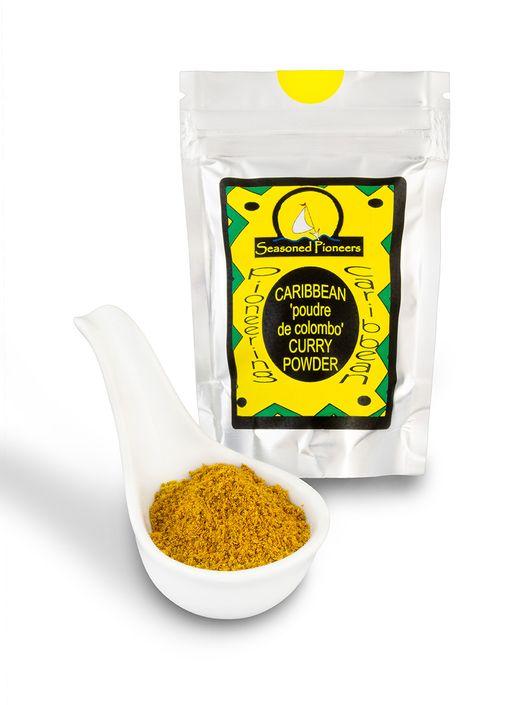 View Poudre De Colombo Spice Blend
View Poudre De Colombo Spice Blend
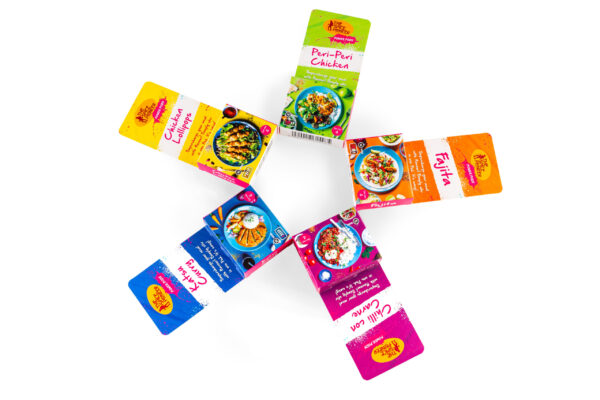 View Power Pods Starter Pack
View Power Pods Starter Pack
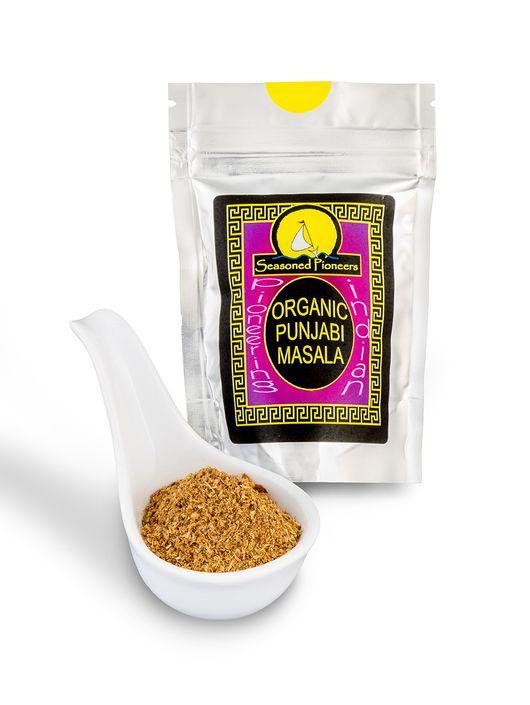 View Punjabi Masala Organic
View Punjabi Masala Organic
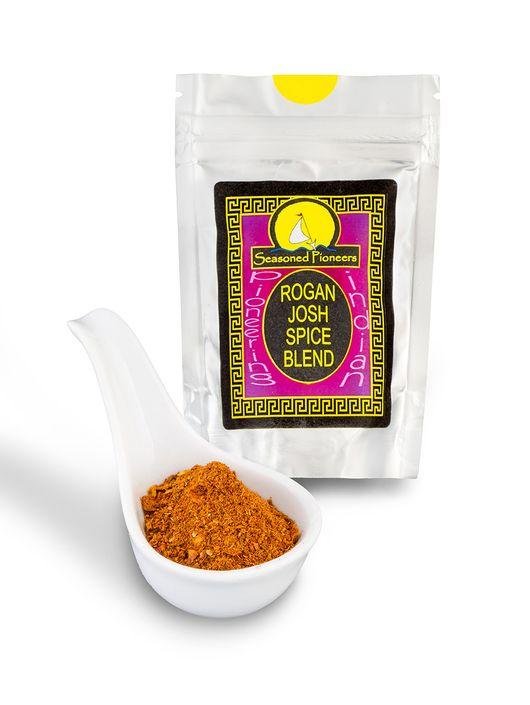 View Rogan Josh Spice Blend
View Rogan Josh Spice Blend
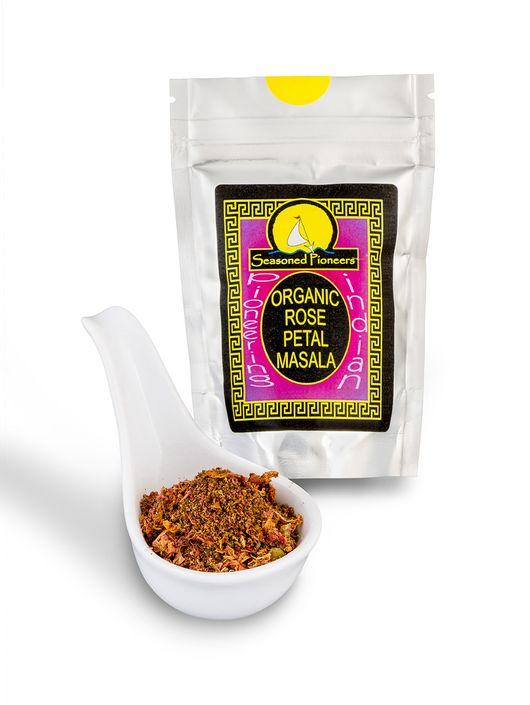 View Rose Petal Masala Organic
View Rose Petal Masala Organic
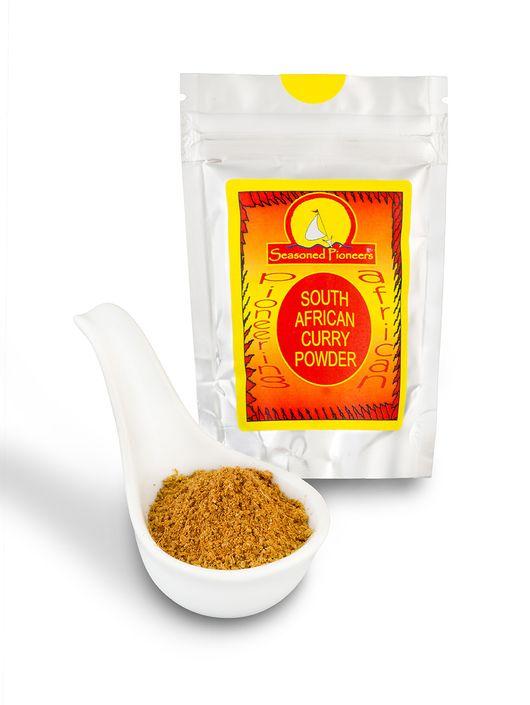 View South African Curry Powder
View South African Curry Powder
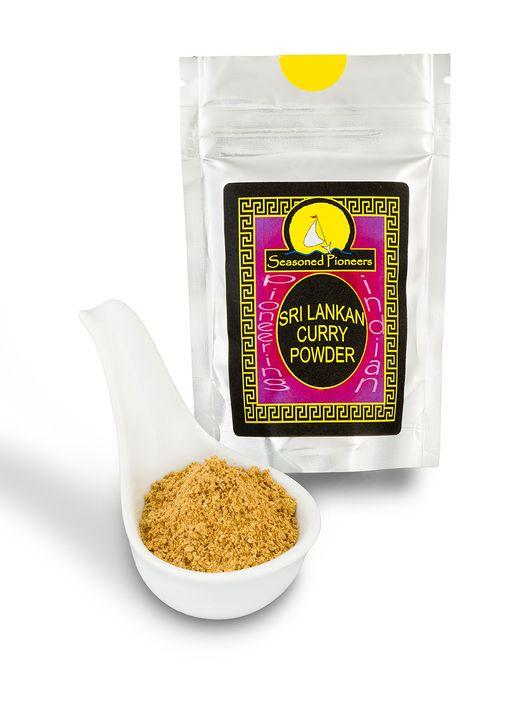 View Sri Lankan Curry Blend
View Sri Lankan Curry Blend
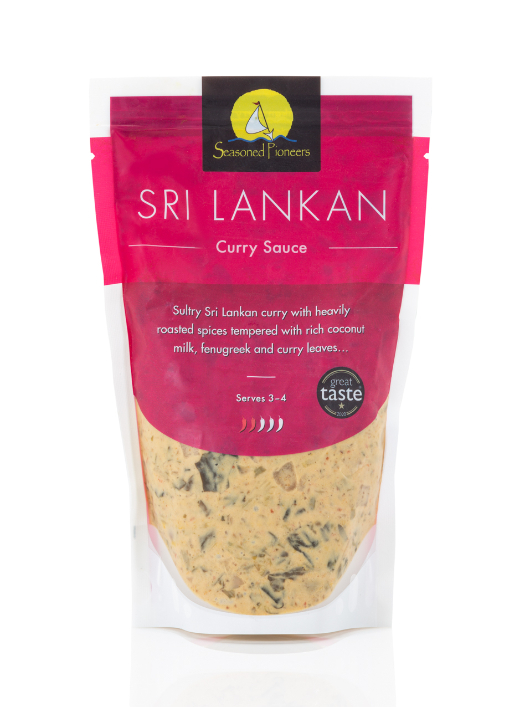 View Sri Lankan Curry Gourmet Cooking Sauce
View Sri Lankan Curry Gourmet Cooking Sauce
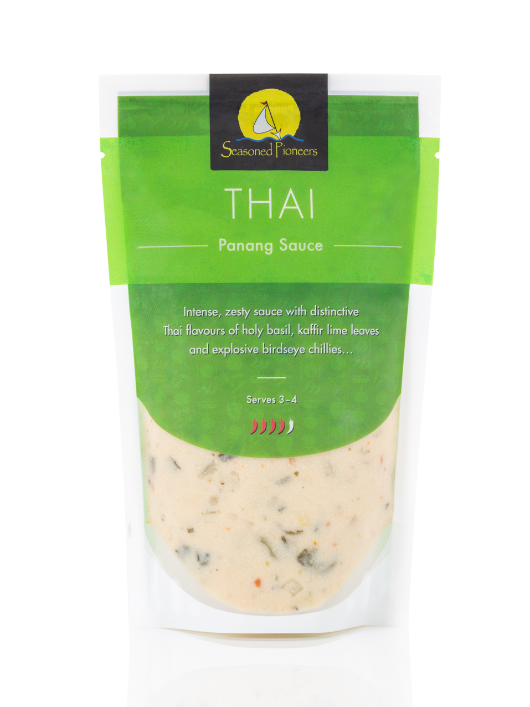 View Thai Panang Gourmet Cooking Sauce
View Thai Panang Gourmet Cooking Sauce
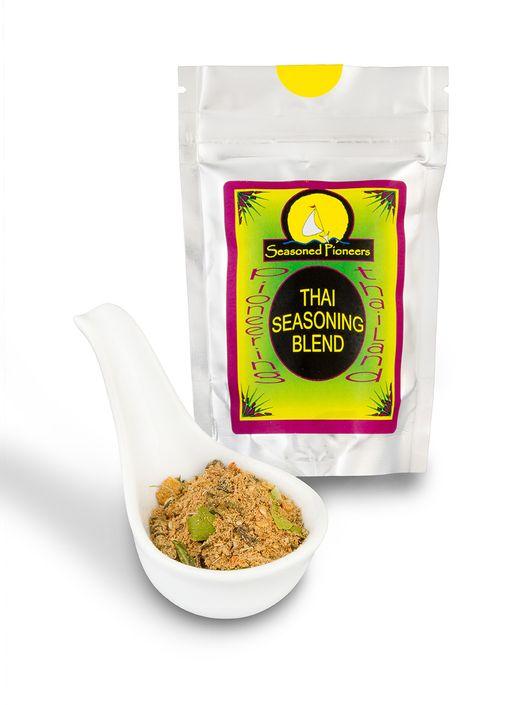 View Thai Seasoning Blend
View Thai Seasoning Blend
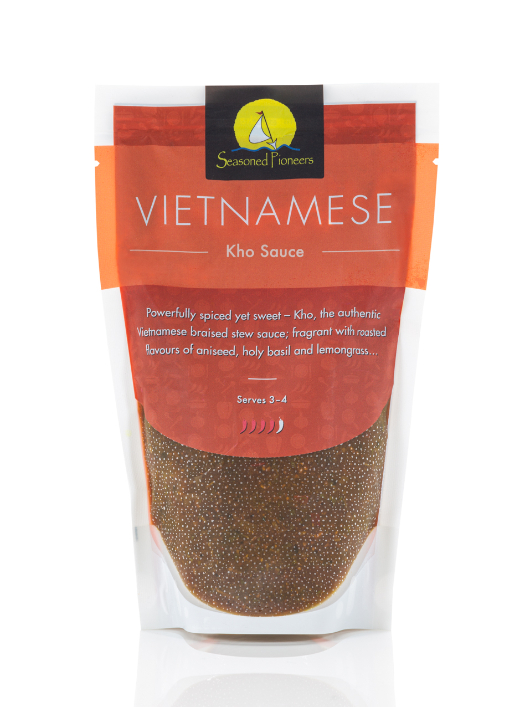 View Vietnamese Kho Gourmet Cooking Sauce
View Vietnamese Kho Gourmet Cooking Sauce
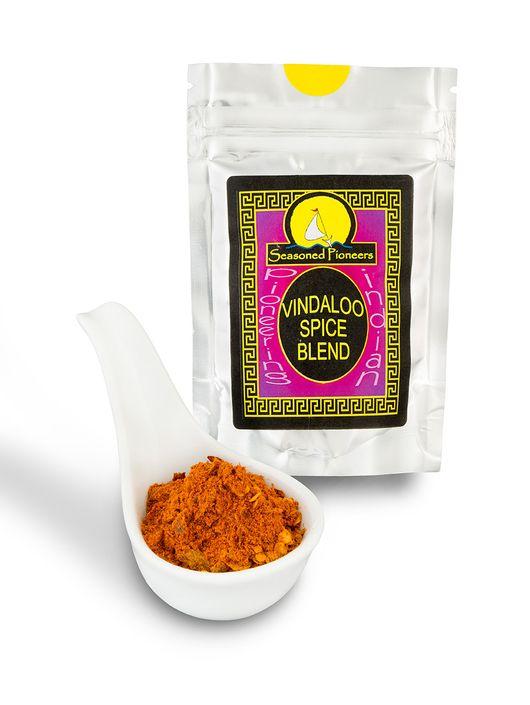 View Vindaloo Spice Blend
View Vindaloo Spice Blend
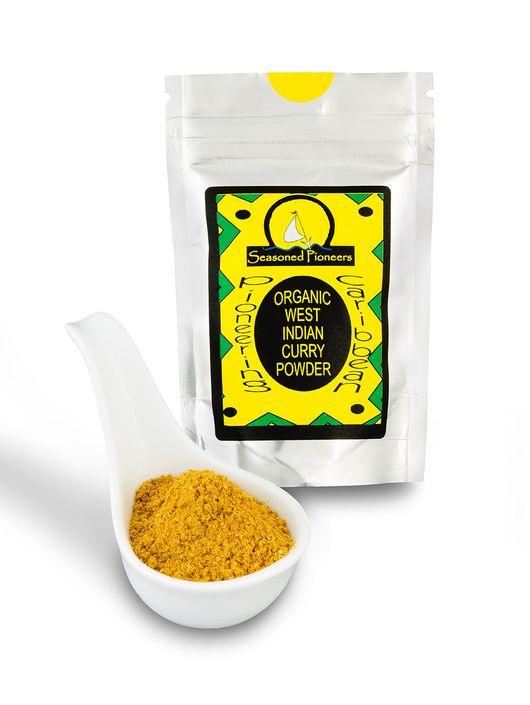 View West Indian Curry Powder Organic
View West Indian Curry Powder Organic
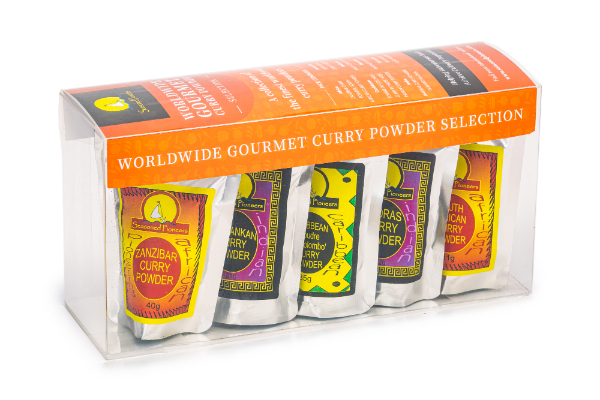 View Worldwide Gourmet Curry Powders Selection
View Worldwide Gourmet Curry Powders Selection
Worldwide Curries
No matter where you are in the world, the chances are that there are at least a few curry powders to be found among the shop shelves. We simply can’t live without the stuff. Some of the cuisines most associated with curry include South Asia (the Indian subcontinent in particular), as well as vast swathes of South East Asia, from Thailand and Malaysia to Indonesia and beyond. African nations and the Caribbean region can all lay claim to favourite curry dishes while even in the UK, you’d be hard pressed to find a town without a local curry house. Curry powders are everywhere.
But what exactly is a curry? In its most basic form, a curry is a dish that is made by cooking vegetables, meat, or seafood in a sauce or gravy that’s been flavoured with a blend of spices. It’s the curry powders that make up this blend of spices—the essential ingredient of all worldwide curries.
Of course, curry recipes will vary greatly depending on the region and preferences, which impact things such as taste profiles and cooking styles, as well as the available ingredients for the curry powders and their spice levels.
For an example of how curry powders can differ, our Rogan Josh Spice Blend is made up of coriander seeds (roasted and ground), whole black cumin seeds, paprika, cinnamon bark, black Tellicherry peppercorns, ground cayenne chillies, crushed red chillies, black and green cardamom pods, clove buds and ground nutmeg. This creates a very heavy, spicy Indian curry known as a Rogan Josh. On the other hand, our Poudre De Colombo Spice Blend contains white cumin seeds, coriander seeds, fenugreek seeds, brown mustard seeds, clove buds, ground turmeric root and ground black peppercorns. This gives the curry a much more mild warmth that’s sweet and pleasant.
Thanks to their fantastic flavours, some of these curries have gone on to become worldwide curries, going international and spreading all around the world. Some of the most popular include the chicken korma from India (a very mild dish, particularly loved in the UK), the chicken tikka masala, Thai green and red curry (both delicious) and Indonesian beef rendang.
These dishes have become worldwide curries for a multitude of different reasons. During the British Empire’s colonisation of India, many curry recipes made their way out of the subcontinent and into Europe (the Portuguese were also adept at this). Through subsequent migration, when many Indians began to move to the UK, more and more curry houses appeared, particularly during the 1970s. The nation was hooked.
Meanwhile, other migration stories around the world, increasing globalisation and the ability to travel far more easily has seen people around the world being exposed to different cultures and cuisines, ensuring the popularity of these tasty dishes soared around the world.

